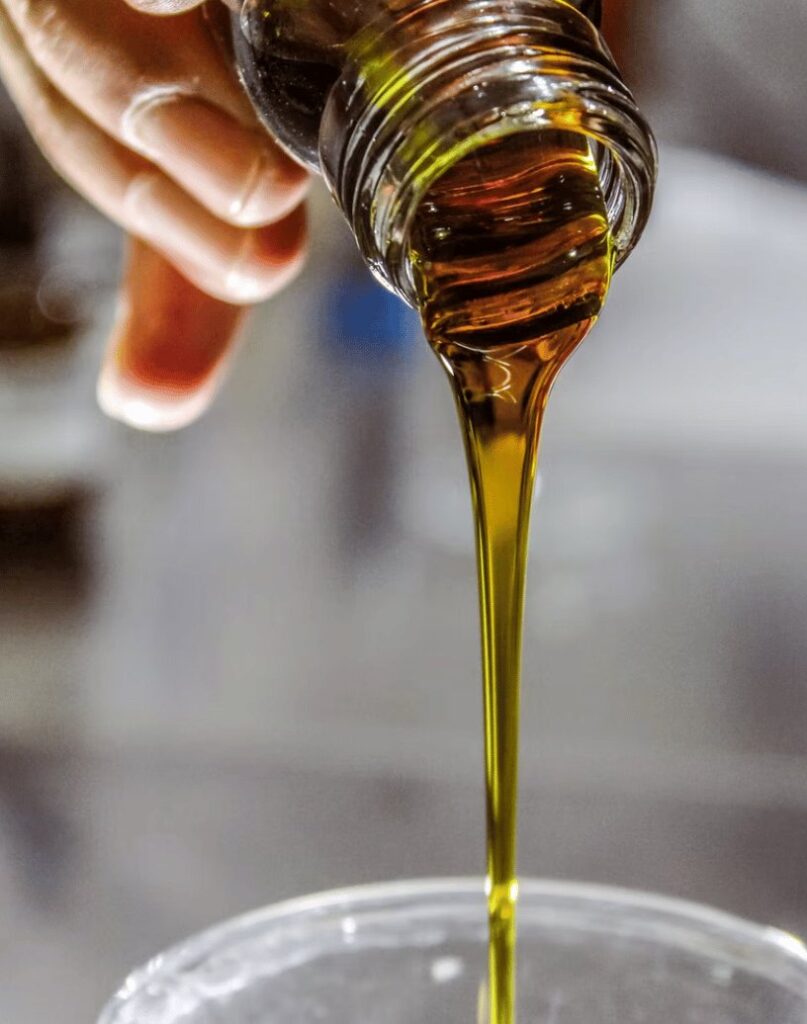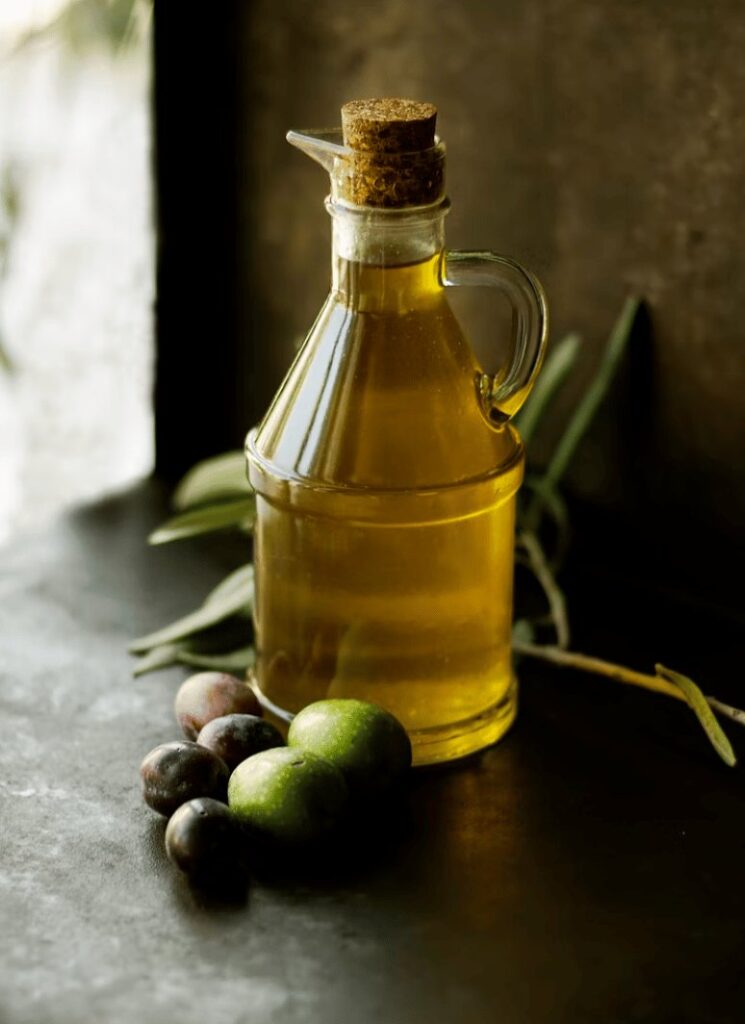
3 Important Things You Need to Know About Cooking Oils Now

3 Important Things You Need to Know About Cooking Oils Now
If you’re still cooking everything in a drizzle of extra virgin olive oil, stop right there – this is for you. It’s time to learn how cooking oils work and when you should be using each one!
First Things First: Let’s Talk Cooking Oil Smoke Points
In order to have a good grasp on cooking oils, you first need to understand the importance of a smoke point. A smoke point, sometimes called a burning point, is the temperature at which an oil goes from shimmering hot to smoking. An oil’s smoke point varies greatly depending on the type of oil, and can range anywhere from 325 (butter, extra virgin olive oil, and unrefined coconut oil are on this end of thespectrum) to over 450 degrees (clarified butter, safflower oil, and refined avocado oil are up here.) As a general rule, the more refined the oil, the higher the smoke point.
There are many charts available online for smoke points, but even within those guidelines, actual smoke points vary quite a bit between different brands and manufacturers. If you really want to know the exact smoke point for your favorite bottle of olive oil, you can always test it yourself by heating some in a pan and taking the temperature with an instant-read thermometer at the moment you start to see smoke. (Don’t forget to kill the heat immediately afterward!)
The smoke point of your go-to oils is an important threshold to know not just because it affects your ability to cook with certain methods, but because the taste of burnt oil – thanks to the bitter chemicals released as it breaks down – can sometimes completely ruin the flavor of an otherwise fantastic dish. If you’ve ever left olive oil in a pan a bit too long, you know exactly what I’m talking about.
If you’re cooking on high heat, look for a high smoke point. If you’re making a salad dressing or salvaging some sticky pasta, feel free to reach for that EVOO.
Now, What About Cooking Oil Flavor?
Before you drizzle any oil on any food or heat source, stop to ask yourself: what does this taste like? Do not proceed unless the answer is “nothing” or “something I want to taste in my final product.” One way cooking oils can be divided is into the categories of neutral or flavorful. If you need the oil just to keep an egg from sticking or for searing a piece of meat, neutral oil (with the smoke point in mind, of course!) is what you should be grabbing to ensure that you’re not adding a distinct flavor to your food. Common neutral oils include canola, vegetable, grapeseed, peanut, and safflower oil.
On the flip side, if you are looking for an oil to drizzle on a salad or over pasta and would like to add flavor to your dish, there are lots of different strong-flavored oils to choose from. You can add olive oil to a Mediterranean dish or sesame oil to a Chinese dish, or branch out a bit further and try a nut oil like walnut on a salad for some unexpected dimension.
But What About Cooking Oil Health Benefits?
We would love to give you a straightforward list of which cooking oils are “healthy” and which ones are “bad for you” – but it’s not that simple. Cooking oil causes a surprising amount of disagreement among nutritionists and dietitians, and the advice is ever-changing. For years, we were told to avoid canola and vegetable oil and use extra virgin olive oil instead. The problem is, extra virgin olive oil has such a low smoke point that for many purposes (such as searing a steak) it is simply not usable – or has to be pushed to a temperature at which it loses its nutrients anyway.
There is also some debate about coconut oil, which has been trending upward for its versatility and benefits, but has an undeniably high level of saturated fat. Often marketed as a health food, coconut oil is actually higher in saturated fat than any other common cooking oil and is therefore more likely to increase cholesterol levels. Is that any better than canola oil, which gets a bad rap for being overly processed?
There are many other examples of cooking oils polarizing the healthy eating community, but as chefs we offer you this: in one way or another, all oils are fat, and fat is a crucial component to cuisine. If you have a health concern, talk to your doctor about foods to avoid or increase to do what’s best for your body. If you just want delicious food, choose fats that make sense for the dishes you’re creating.


Cooking oils don’t need to feel daunting. Having a rough idea of the smoke point and flavor of the oils in your kitchen arsenal is enough to get you started – and from there you can explore and experiment with all the amazing oils the culinary world has to offer!
If you thought this was helpful, you would be so impressed with everything you could learn in one of our classes! Check out our class calendar to get signed up for cooking classes, book a private event, or enroll in our professional culinary school in Salt Lake City, Utah today!


